Coastal Scenery Evaluation and Management; A Book By Nelson Rangel-Buitrago
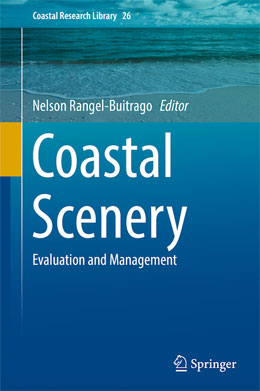
Coastal Scenery Evaluation and Management, describes an easy to apply methodology to determine the scenic value of a coast. As one of the most critical aspects of beach user choice, the determination of coastal area scenic quality is of primordial importance.
Where River Meets Ocean
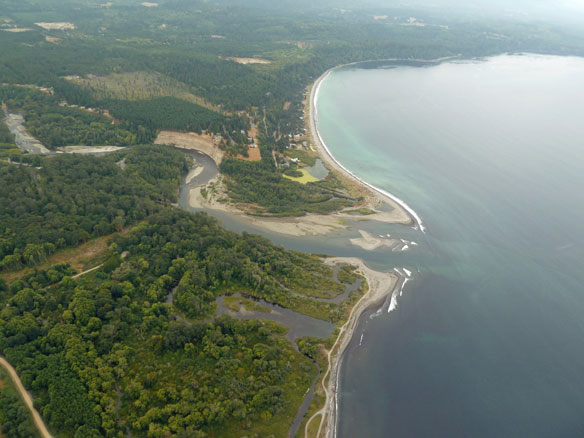
They exist all over the world, are among the most productive ecosystems on Earth and are home to a diverse array of wildlife. They also are essential to the global economy. They are estuaries — coastal embayments where fresh river water and salty ocean water meet.
Our coastal cemeteries are falling into the sea; By Orrin H. Pilkey & William J. Neal
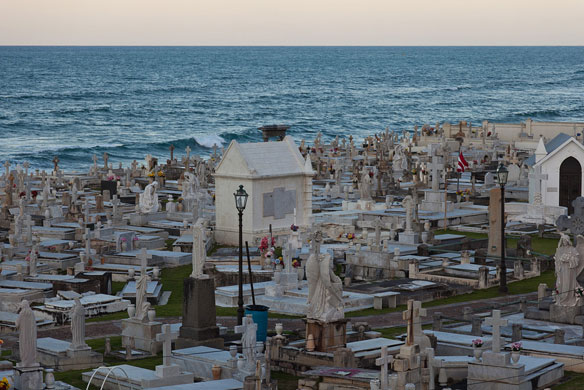
Cemeteries in coastal areas were not located with the expectation that they would flood or fall into the sea. But most of the world’s ocean and estuarine shorelines are eroding — some slowly like California’s rocky coasts, and others rapidly like the Carolinas’ barrier island coasts.
Sea-level rise: the defining issue of the century; Editorial

No graver threat faces the future of South Florida than the accelerating pace of sea-level rise. In the past century, the sea has risen 9 inches. In the past 23 years, it’s risen 3 inches. By 2060, it’s predicted to rise another 2 feet, with no sign of slowing down.
Sand: the new gold

This is one of the most consumed natural resources in the world. In cambodia, its mining as lead to an environmental catastrophe, while in singapore sand has contributed to 24% of the island’s expansion.
Patterns and projections of high tide flooding along the US coastline using common impact threshold
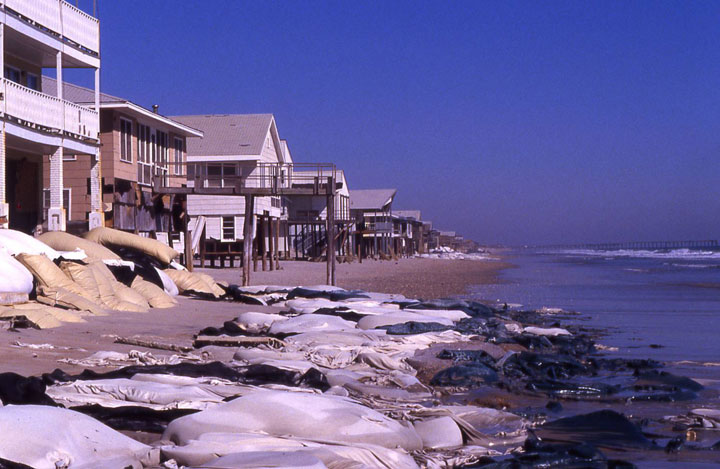
For forecasting purposes to ensure public safety, NOAA has established three coastal flood severity thresholds. The thresholds are based upon water level heights empirically calibrated to NOAA tide gauge measurements from years of impact monitoring by its Weather Forecast Offices (WFO) and emergency managers.
The Ship Breakers

After their useful life is over, more than 90 percent of the world’s ocean-going container ships end up on the shores of India, Pakistan, Indonesia, or Bangladesh, where labor is cheap, demand for steel is high, and environmental regulations are lax.
Quick sand, dirty Money; South Africa
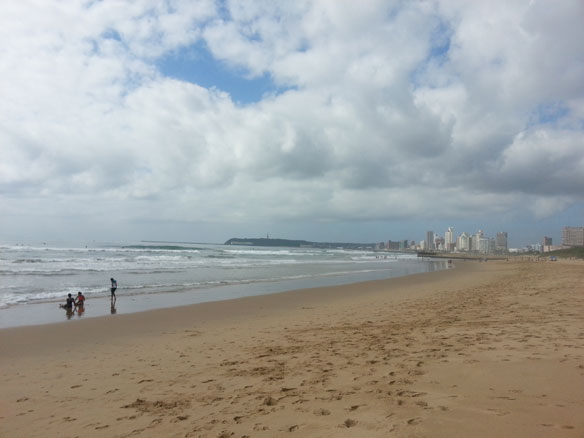
Mining has already cut coastal sand supply by as much as 70 percent in the municipality of Ethekwini, which includes Durban. Each year, miners dig up more than 400,000 cubic meters of sand from Durban’s rivers, enough to fill 160 Olympic swimming pools. This sand would normally be deposited on beaches and help offset coastal erosion. At current mining rates, Durban’s beaches are predicted to contract, on average, by more than a meter each year.
Eyes on the Coast—Video Cameras Help Forecast Coastal Change

Coastal communities count on beaches for recreation and for protection from large waves, but beaches are vulnerable to threats such as erosion by storms and flooding. Whether beaches grow, shrink, or disappear depends in part on what happens just offshore. If we understand these processes, scientists can include them in computer models of coastal change that can be used to forecast future changes over years, decades, or even centuries.
